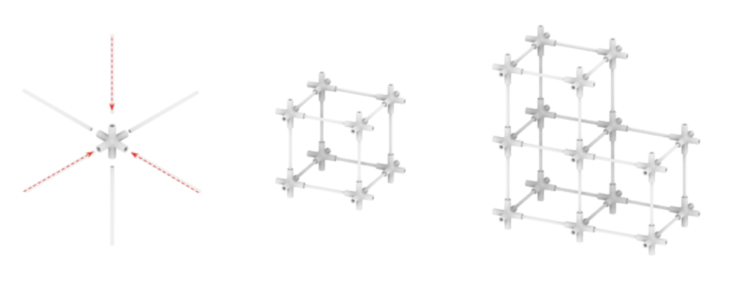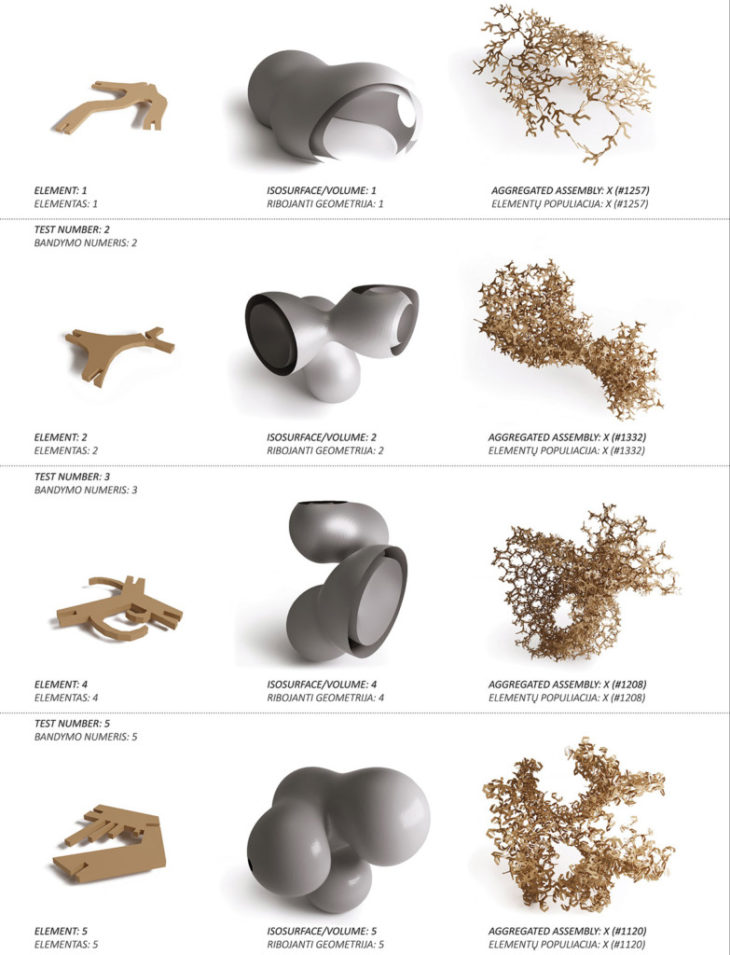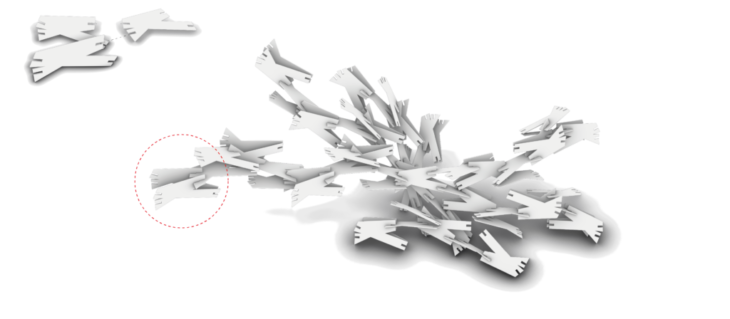Introduction
The introduction to digital fabrication course focuses on the use of computer aided manufacturing in order to make things faster, better, cheaper, and more efficient. Our group created recursive geometries during this course, which were subsequently produced using a laser cutter, 3D printer, and CNC machine. We learned how to use the machines, how to pick which machine is best for particular task, how to optimize our design for construction, and so on. As a result, we acquired the fundamental skills needed to turn complex designs into reality.
3D Printing
The team designed a pixelated recursive geometry based on the idea of using a single node geometry to test the 3D printing technology. The nodes are constructed with six directions in mind, enabling for the building of wire boxes with minimal tolerance holes that keep the 2mm wire in place.
Technical Parameters
Machine specifications: Zortrax M200
Material type: Z-ABS
Total number of nodes: 24
Layer thickness: 0.19 mm
Support type, angles and specifications: Editable, 20%
Infill type, percentage, & pattern: Normal, 30%, PATT. 0
Seam: Normal
Mesh errors and fixes: No errors
Total print time: 3 hours 53 minutes
Total material quantity: 27 gr
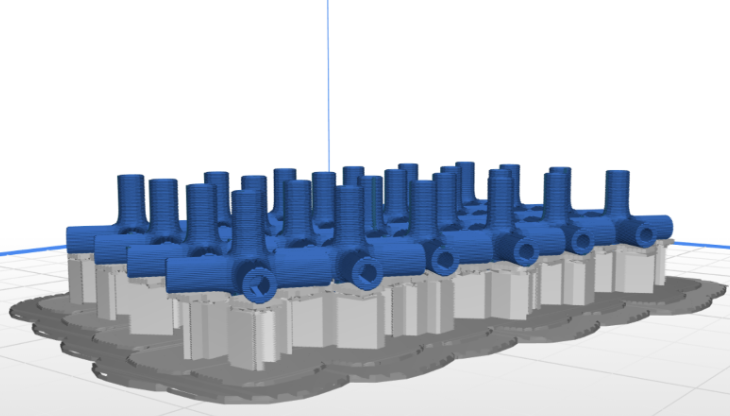
Final Model
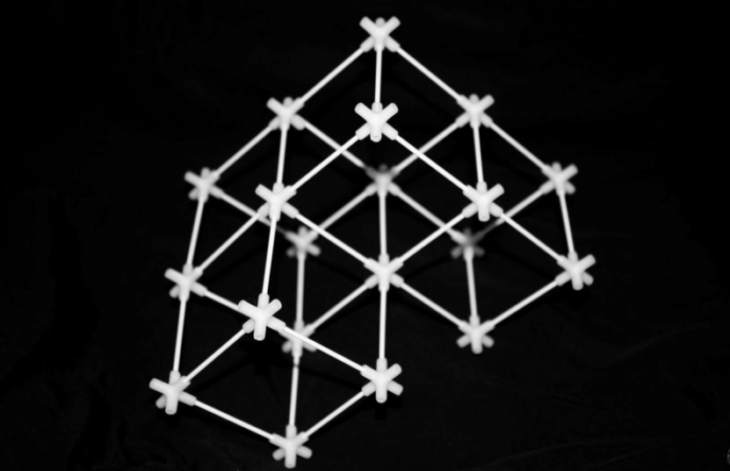
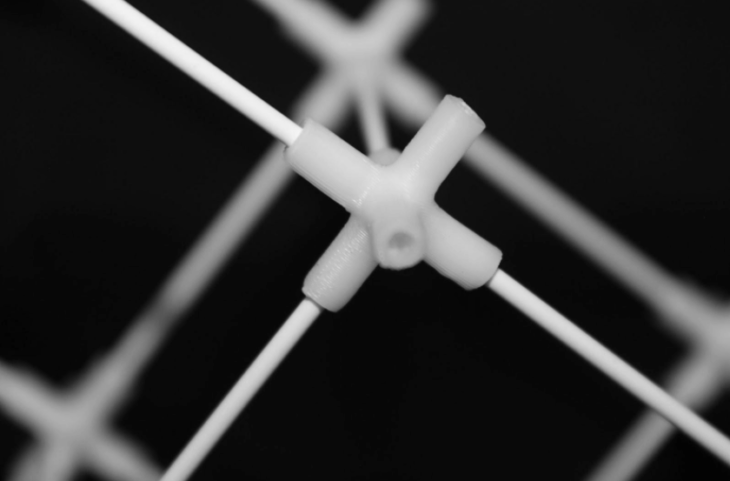
CNC Milling
Our team decided to use the same geometry used in 3D printing when fabricating with the CNC Milling machine, as it created a simple yet effective universal node that can be put together like lego blocks in order to create a recursive pixelated cube structure.
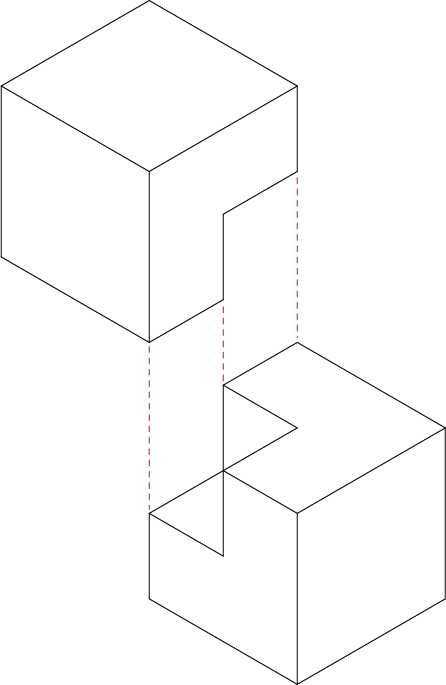
Technical Parameters
Material: 30mm MDF
Machine: 2 Axis
Post Processor: CNC_STEP_BCN
Work-piece volume: 300 X 300 X 30
Engraving:
Mill Type: Flat Mill
Flute: 2
Diameter: 6mm
Spindle Speed: 12000
Cut Direction: Upcut
Total mill time: 0.27 minutes
Axis Pocketing:
Mill Type: Flat Mill
Diameter: 6mm
Spindle Speed: 12000
Cut Direction: Upcut
Stepover Control: 25%
Stock : 0.1
Total mill time: 10:20 minutes
Axis Profiling:
Mill Type: Flat Mil
Diameter: 6mm
Spindle Speed: 12000
Cut Direction: Upcut
Bridges: 2 per cube
Stock: 0.1
Total mill time: 18:01 minutes
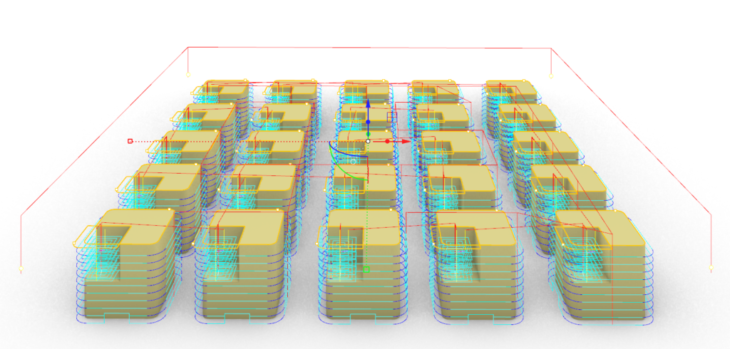
Final Model
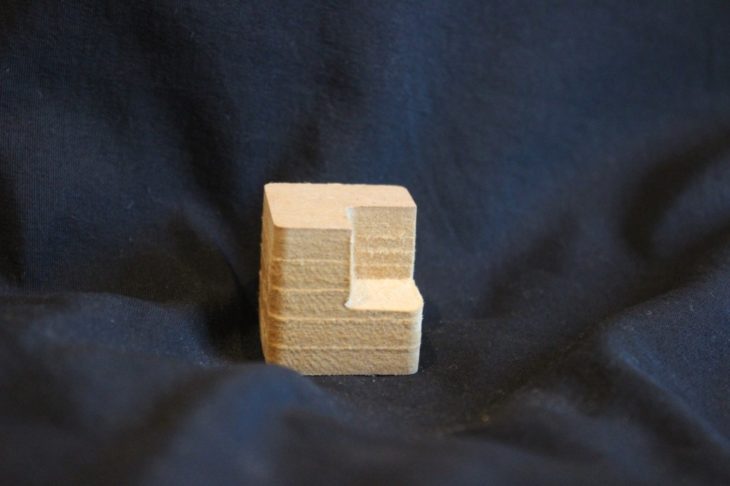
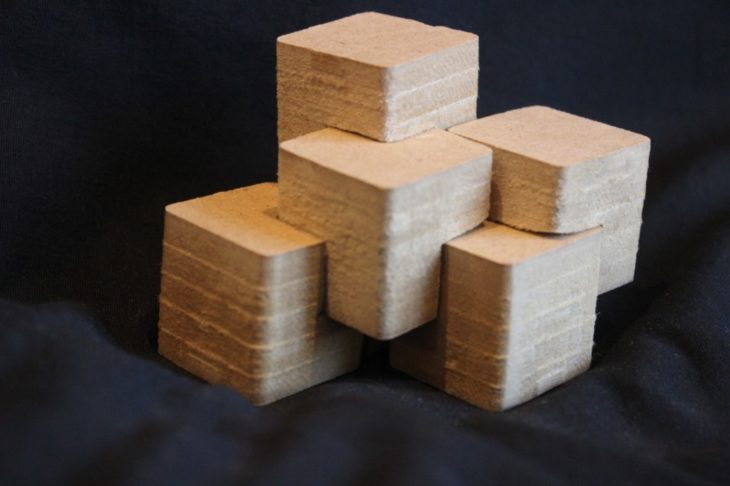
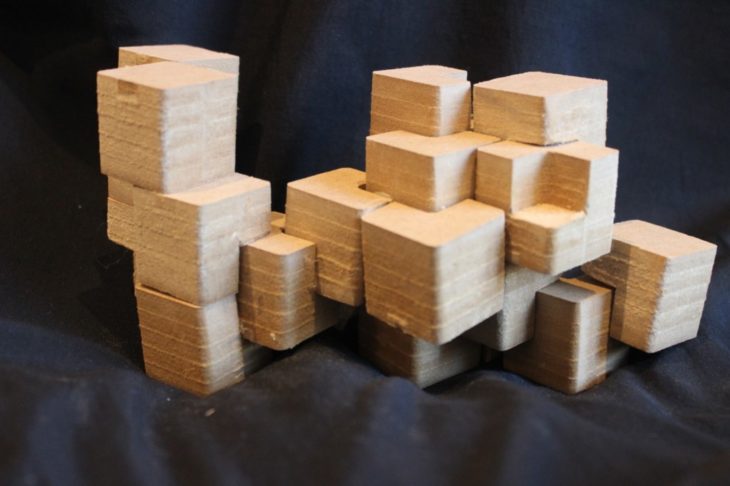
Laser Cutting
We used the Fox plug-in in laser cutting to see how one 2D shape can be aggregated together to generate a complicated 3D structure. The illustration below is an inspiration that guided us through the design process.
Technical Parameters
Work piece : 500mm x 200mm x 400mm
Machine: Epilog 50-75W
Material: Acrylic 3mm
Speed: 90%
Power: 50%
Total prints: 120 units
Print File
To save time, the team decided to optimize the nesting of the print file using grasshopper. This helped us to reduce waste while speeding up the printing process.
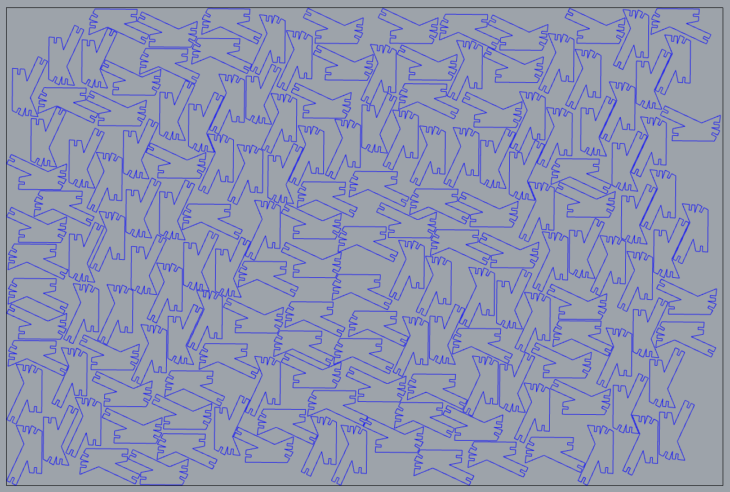
Final Model
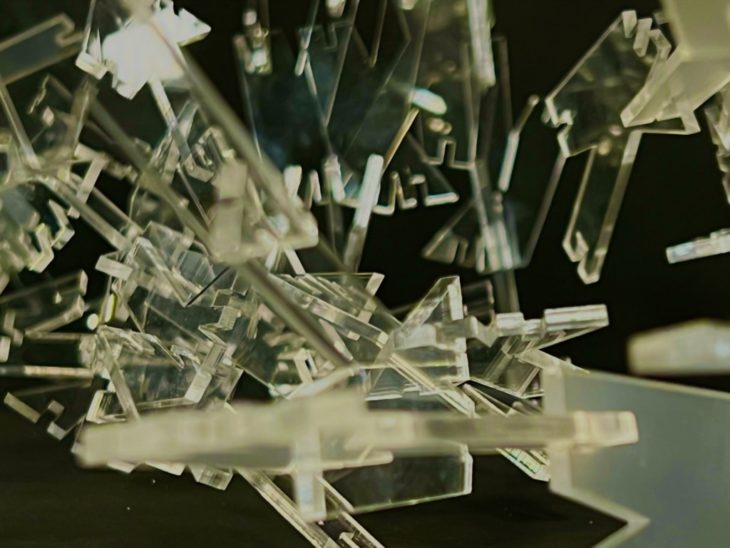
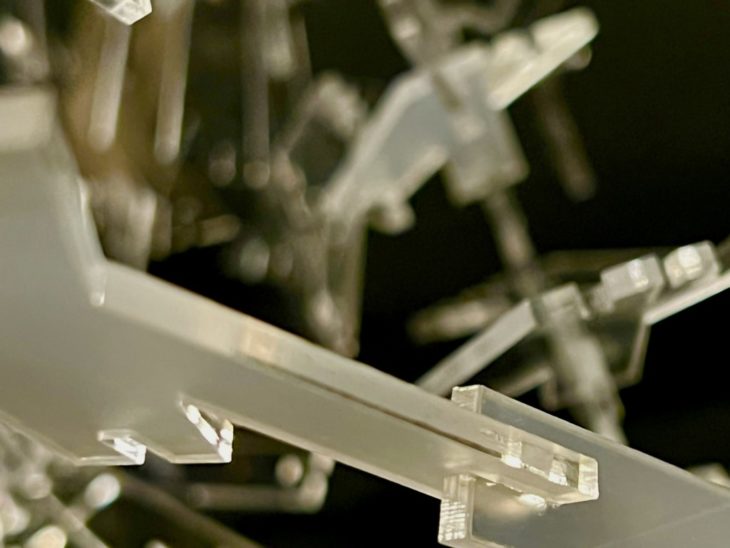
Introduction to Digital Fabrication – is a project of IAAC, Institute for Advanced Architecture of Catalonia developed at Master in Advanced Architecture in 2021
Students: Muhammad Taimur Mian, Harshul Pareshbhai Goti and Miran Calmanovici
Faculty: Shyam Francesco Zonca , Lana Awad and Ricardo Mayor
